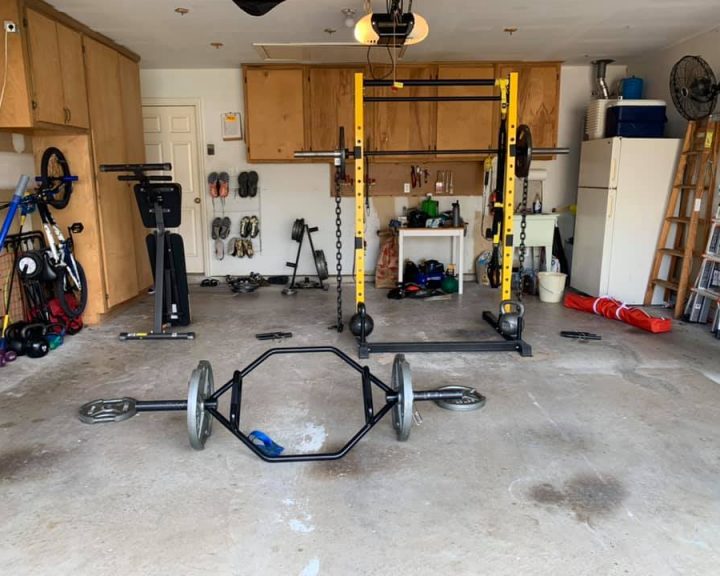Acceleration is the ability to increase speed. For a sprinter, it’s a component of their race. First they accelerate, then they achieve maximal velocity, then they maintain that velocity for as long as possible, then they slow down. Elite 100 meter sprinters may accelerate for 60-80 meters before reaching their maximum velocity, less capable 100 meter sprinters will not accelerate for as long because their maximum velocity is not as high. This pattern is also present in the 200 and in the 400 though the velocities are different.
Acceleration is an important quality for many athletes because in sports few athletes get to run in a straight line far enough to reach their maximum velocity. This means that acceleration is the dominate speed-related quality for them to develop through their training.
Acceleration is developed via a number of tools:
- Short sprints: sprints of up the forty meters are excellent tools for improving acceleration. Note that these require maximal effort and full recovery to be most effective, otherwise we are teaching athletes to be slow with terrible technique.
- Resisted sprints: sprinting is about exerting force against the ground. Providing some resistance during short sprints (five to ten meters in length) will help to enhance this ability. Too much resistance, though, will cause the athlete’s technique to break down and will be counter-productive.
- Plyometrics: bounds and horizontal jumps can be used to teach the athlete to apply force against the ground. Maximal effort and full recovery should also be emphasized with these.
- Heavy strength training: Since sprinting is about exerting force against the ground, enhancing the athlete’s ability to exert force by making them stronger is going to have a role in training acceleration.
All of the above tools should be used together to help improve an athlete’s ability to accelerate. Any one of these that are used in isolation may not be enough. For example, while strength is important it won’t be much use without being able to apply it. Plyometrics are great, but are limited if the strength base isn’t there and if the athlete doesn’t understand how to run. Sprinting is essential, but the other tools provide the physical foundation to push sprinting to the next level.
Below are sample workouts to help develop acceleration:
Monday (heavy strength):
Back Squats, 5×4-8×80-90%
Split Squats or Lunges, 3×6-10 each leg
Romanian Deadlifts, 3×6-10 each leg
Back Raises or Reverse Hyperextensions, 3×12-15
Stability Ball Leg Curls, 3×12-15
Wednesday (Sprinting):
Stick drills, 3×5 meters
3×5 meter sprints
3-5×20 meter sprints
Resisted starts, 3×5 meters
Friday (Plyometrics):
Bounds, 5×20 meters
Medicine Ball Front Toss, 5x
Standing Long Jump, 5x
Hurdle Hops, 3×5 meters


